Tet is a time to gather with family and friends to share traditional meals. With all the delicious food and hustle and bustle of the holiday, it is important to ensure food safety so that everyone can have a happy and healthy holiday.
Ashley Fenning, a lecturer in Nutrition and Food Health at the University of Nebraska (USA), shares some essential food safety tips to help make your holidays both safe and memorable.
1. Start with cleanliness
This is one of the most important and first food safety measures. Washing hands and clean surfaces is key to preventing the spread of harmful bacteria that can lead to foodborne illness. The US Centers for Disease Control and Prevention (CDC) recommends washing hands thoroughly with soap before and after handling food, especially raw foods, such as raw eggs, raw meat, poultry or fish and their juices, according to Chadron Radio (USA).

With all the delicious food and hustle and bustle of the holiday season, it is important to ensure food safety so that everyone has a happy and healthy holiday.
Another important part of food safety is making sure countertops, cutting boards, and utensils are properly sanitized, especially when switching between handling raw meat and other ingredients.
2. Defrost and store chicken properly
For chicken dishes, proper defrosting is very important to ensure food safety. The safest way to defrost is in the refrigerator. Alternatively, you can use cold water to defrost, but make sure to completely submerge the chicken and change the water every 30 minutes. Chicken should be stored in a sealed container or bag to avoid cross-contamination. Avoid defrosting chicken at room temperature as this will allow bacteria to grow. After cooking, leftover chicken should also be stored in the refrigerator within 2 hours.
3. Cook food at the correct temperature
Cooking meat to a hot enough internal temperature kills harmful bacteria like Salmonella and E. coli. Use a food thermometer to make sure poultry reaches an internal temperature of 165°F (74°C), ground meat reaches 165°F (71°C), and beef or pork reaches 140°F (62.5°C).
Remember, it's not just the cooking time but the internal temperature that is safe.
4. Keep hot food hot enough and cold food cold enough
Temperature control is essential to reduce the risk of food poisoning. Keep hot foods at or above 60°C using a hotplate, warming tray or slow cooker. Similarly, cold dishes such as salads or desserts should be kept at or below 40°C by storing them in the refrigerator or serving them on ice. Avoid leaving perishable foods out for more than 2 hours.
5. Prevent cross-contamination
Cross-contamination occurs when bacteria from raw foods come into contact with cooked or ready-to-eat foods. Use separate cutting boards for raw meat and other foods to reduce this risk. Clean utensils and dishes that have been used for raw foods before using them with other foods.
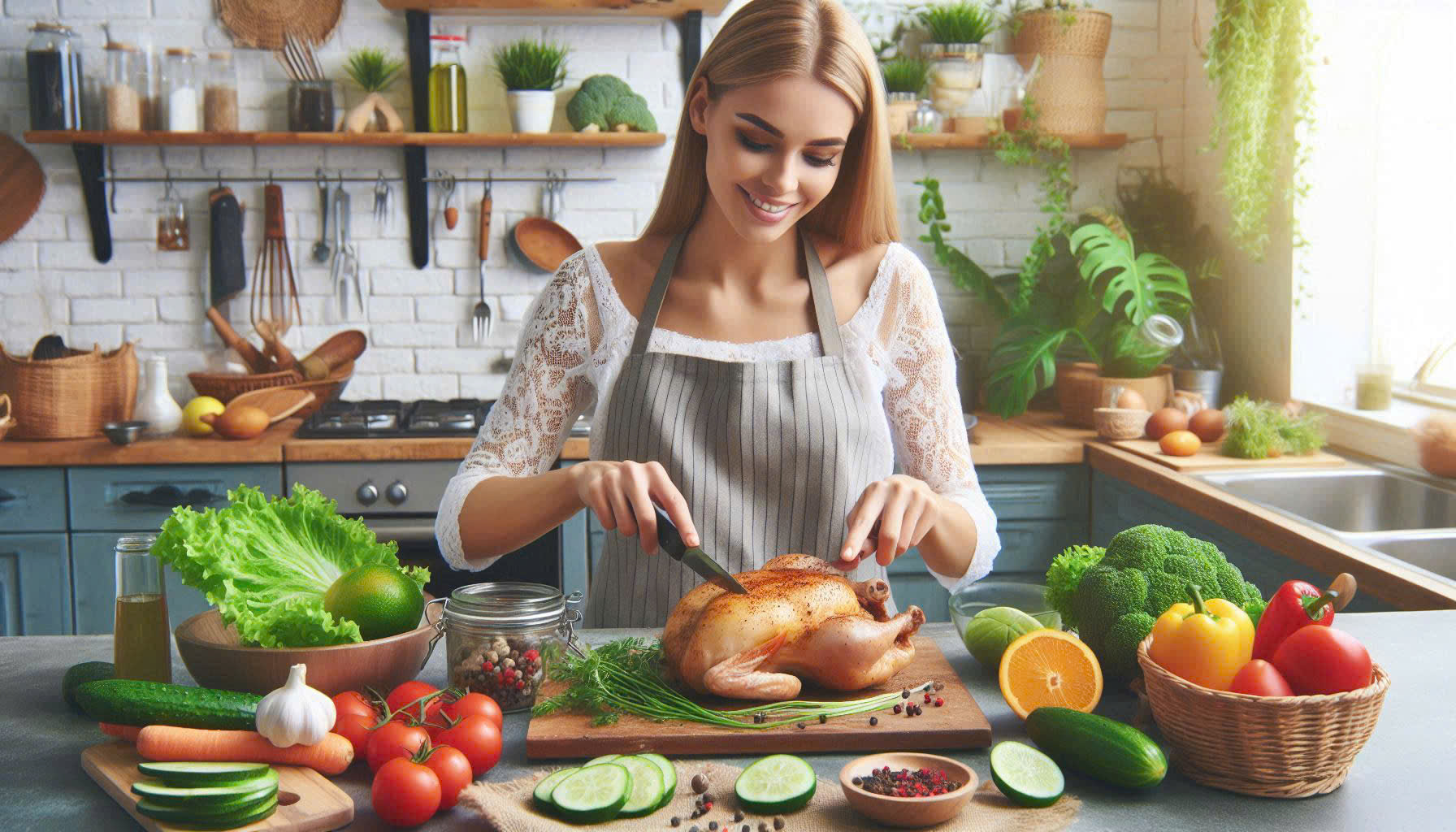
When cooking chicken, special attention is needed because it can easily cause food poisoning.
6. Store and reheat leftovers safely
There is often a lot of leftover food during the holidays, and safe storage is important. Refrigerate or freeze leftovers within 2 hours of serving to prevent bacteria from growing. When reheating leftovers, make sure they reach an internal temperature of 165°F (74°C) before serving.
By following the above food safety measures, you will reduce your risk of foodborne illness and make your holiday season safer and more enjoyable, according to Chadron Radio .
Source: https://thanhnien.vn/6-meo-hay-de-an-uong-ngay-tet-duoc-an-toan-va-lanh-manh-185250116130719412.htm




![[Photo] Closing of the 11th Conference of the 13th Central Committee of the Communist Party of Vietnam](https://vstatic.vietnam.vn/vietnam/resource/IMAGE/2025/4/12/114b57fe6e9b4814a5ddfacf6dfe5b7f)

![[Photo] Overcoming all difficulties, speeding up construction progress of Hoa Binh Hydropower Plant Expansion Project](https://vstatic.vietnam.vn/vietnam/resource/IMAGE/2025/4/12/bff04b551e98484c84d74c8faa3526e0)

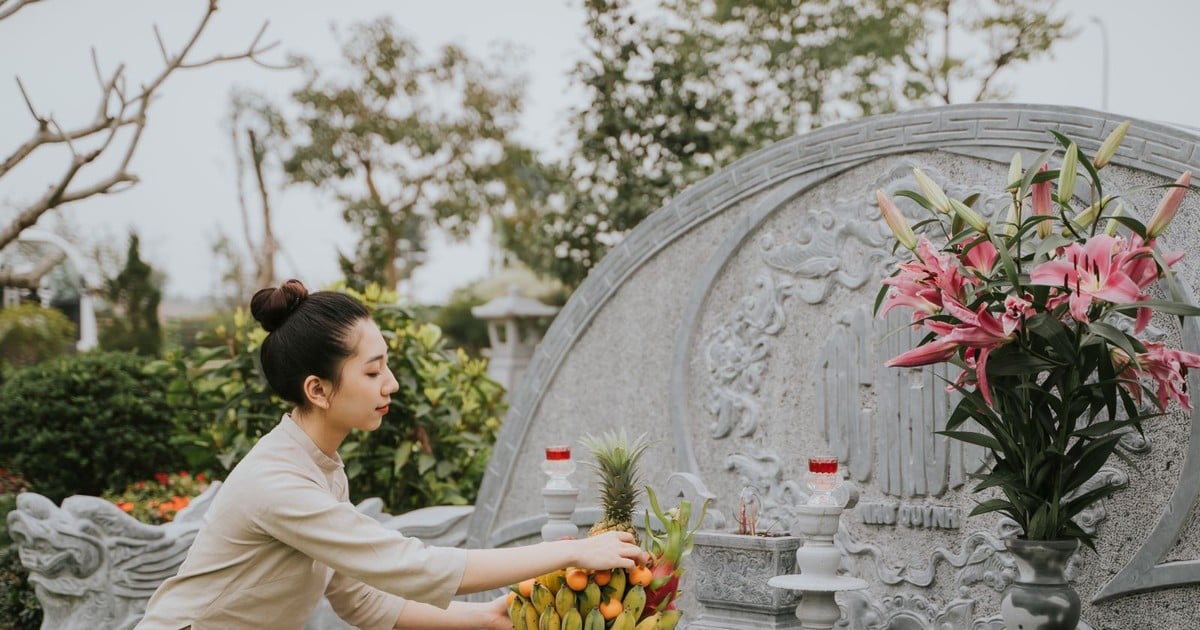





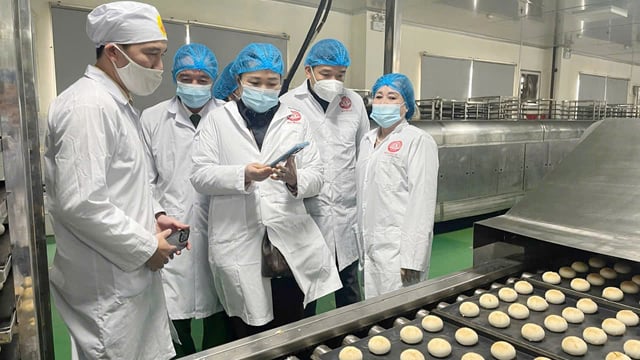

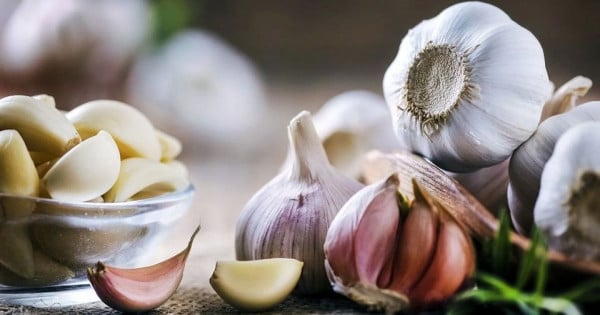
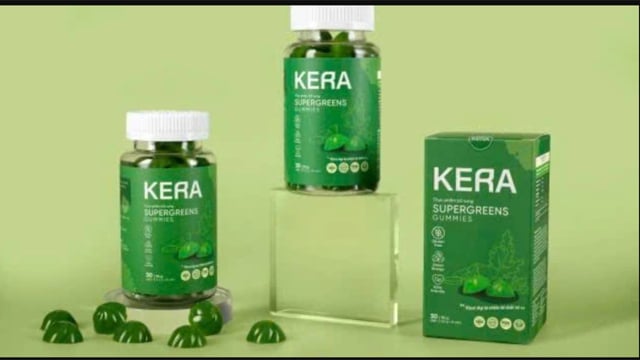

![[Video] First time in Vietnam: Successful implantation of 3rd generation partial artificial heart](https://vstatic.vietnam.vn/vietnam/resource/IMAGE/2025/4/12/8817412224094c68ba2c744b7bd5cfea)
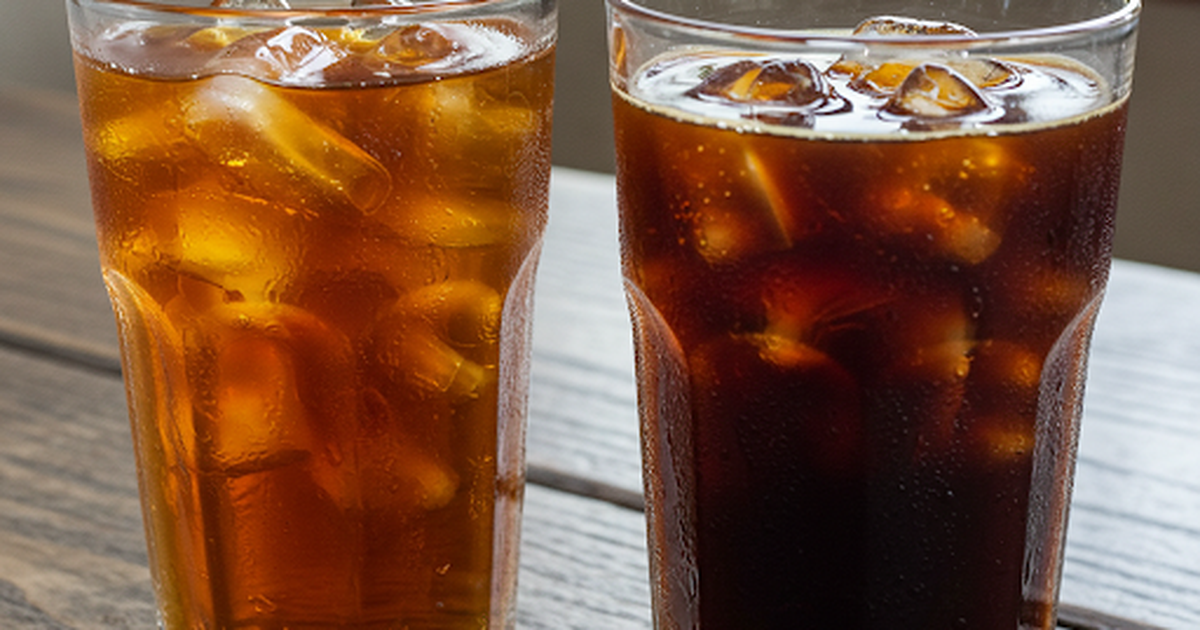




























































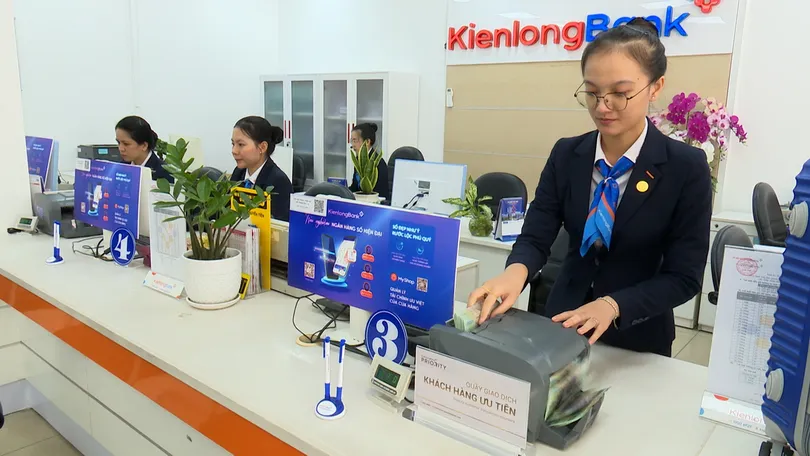












Comment (0)